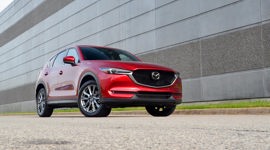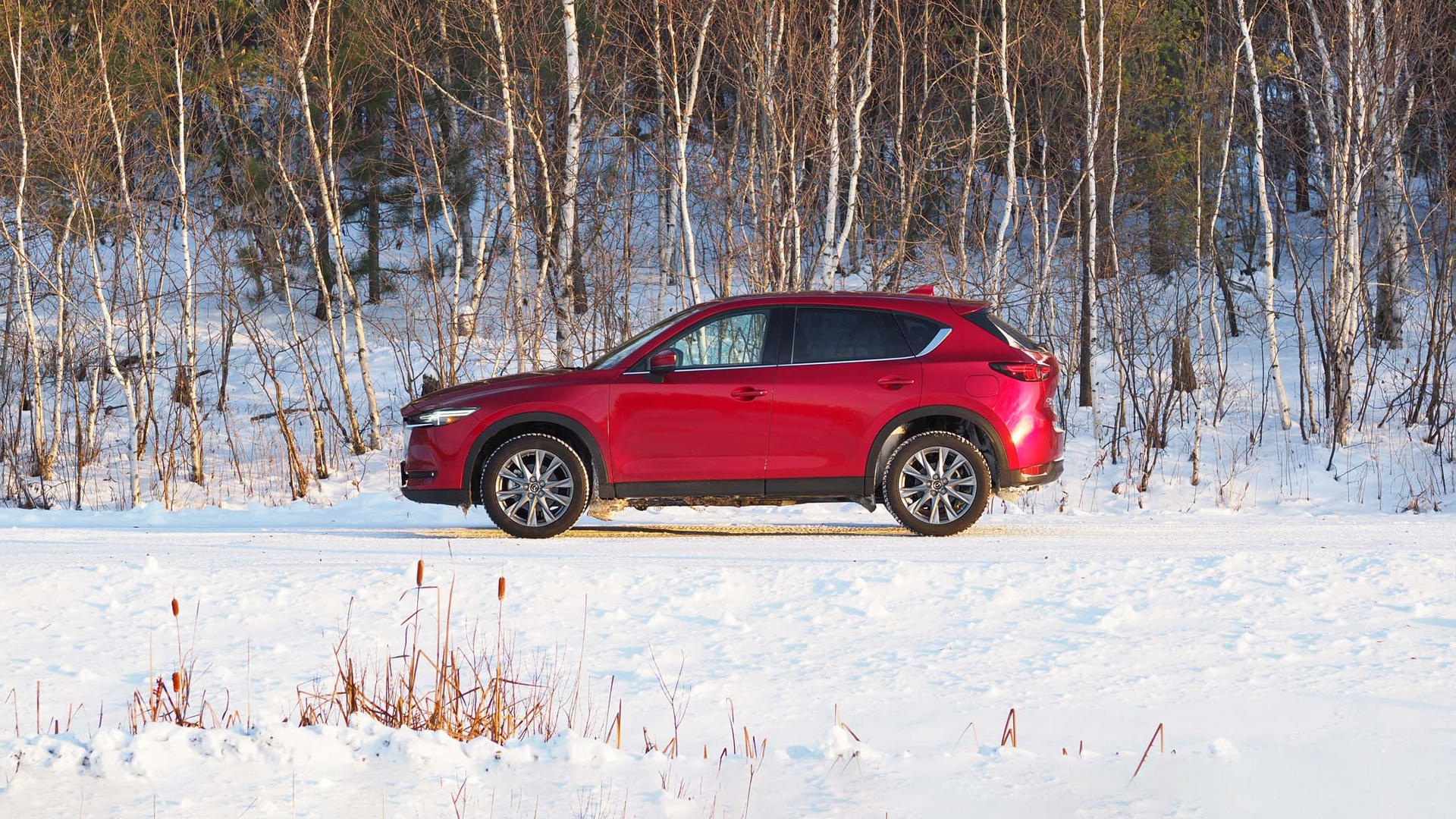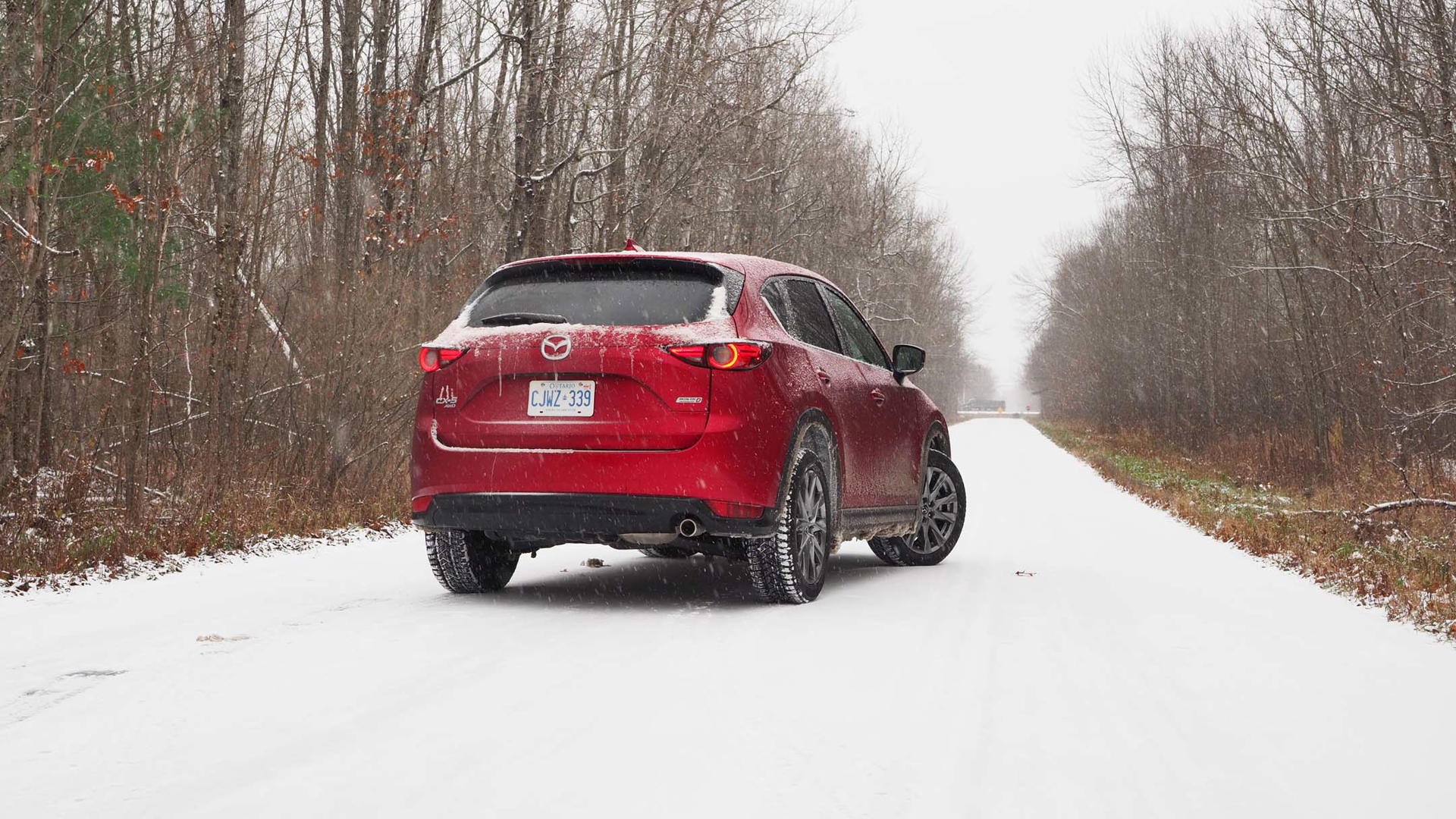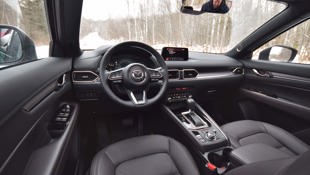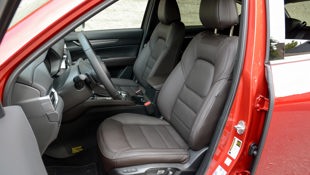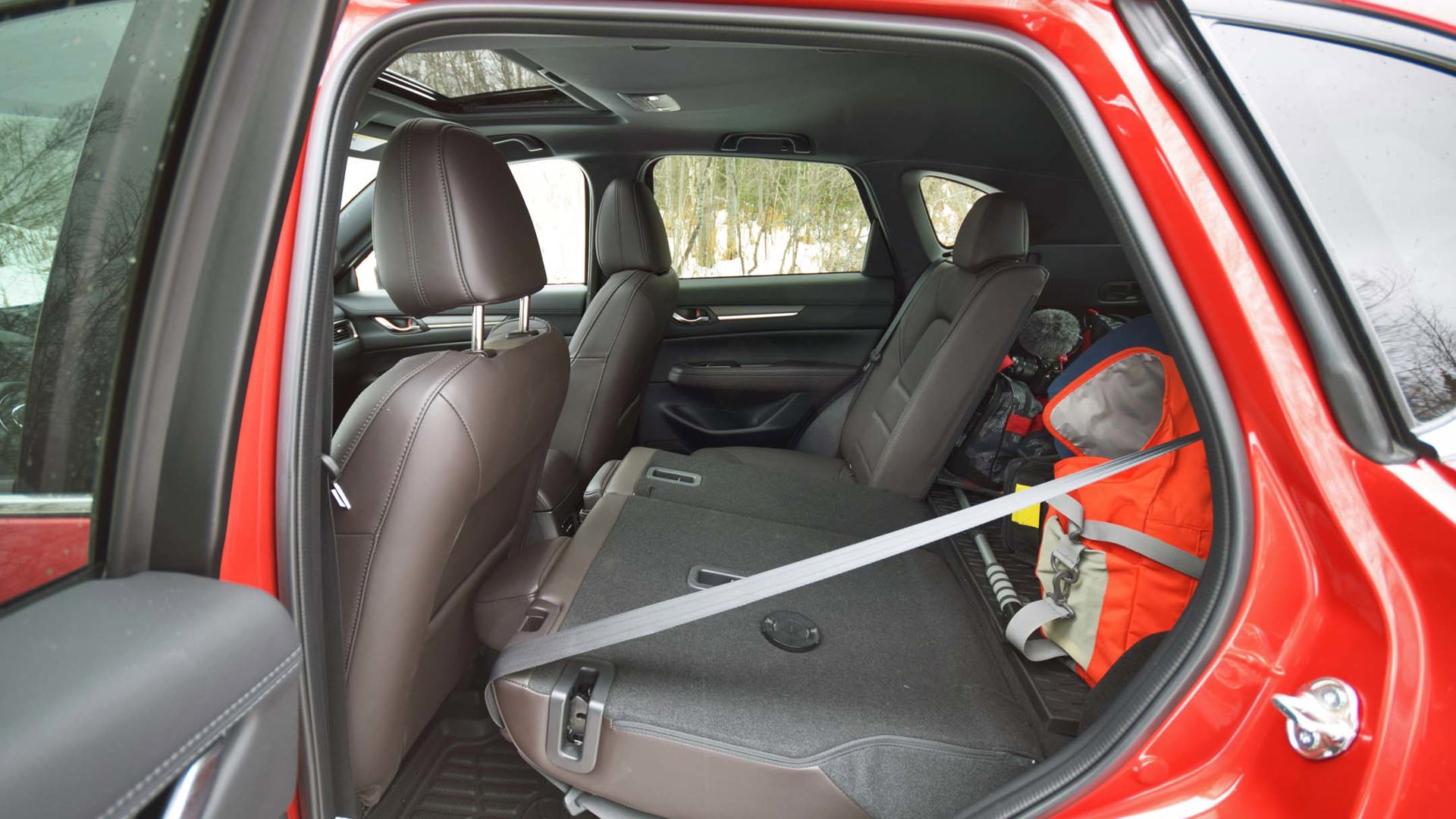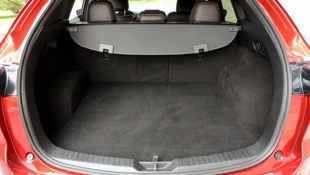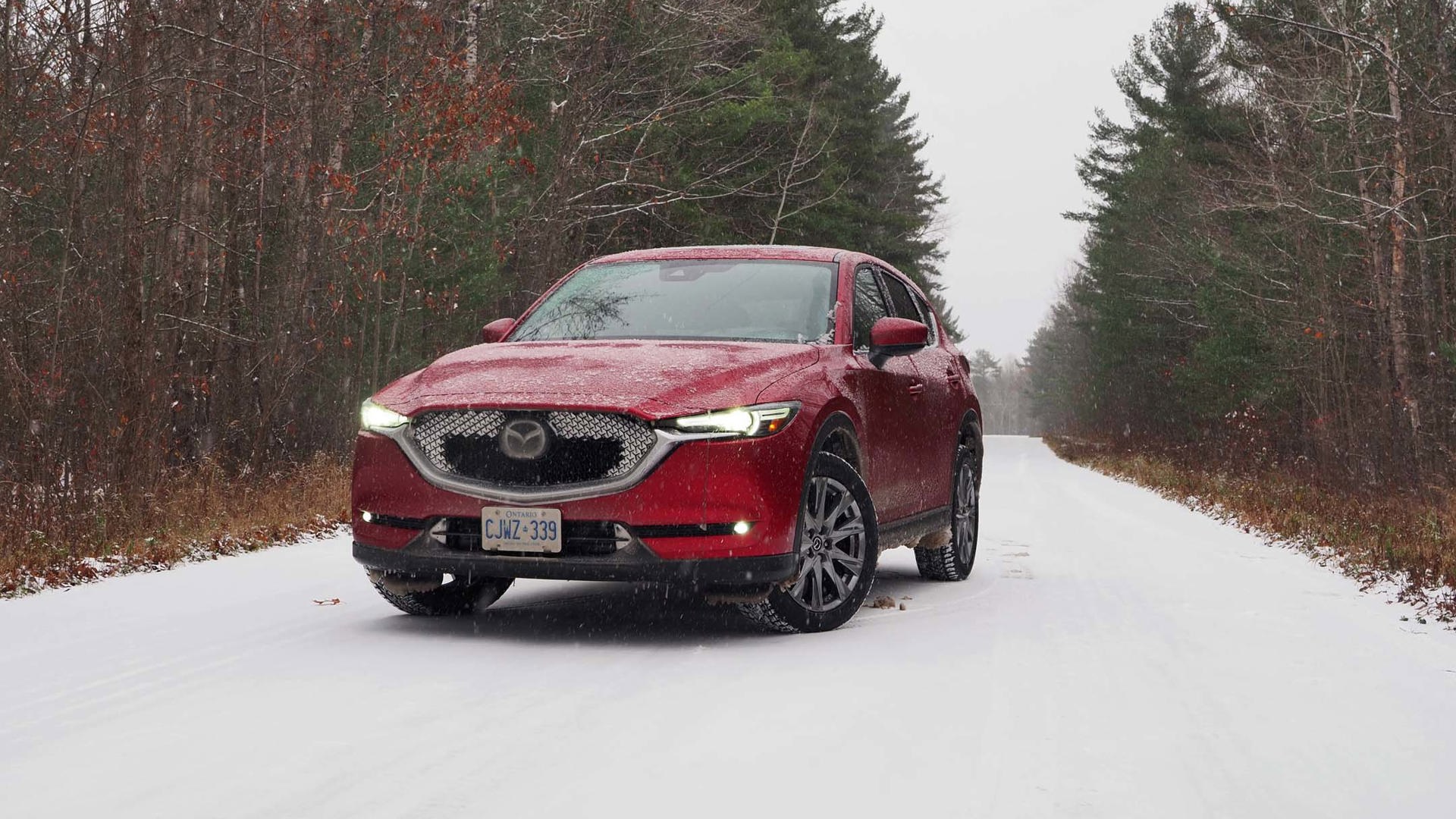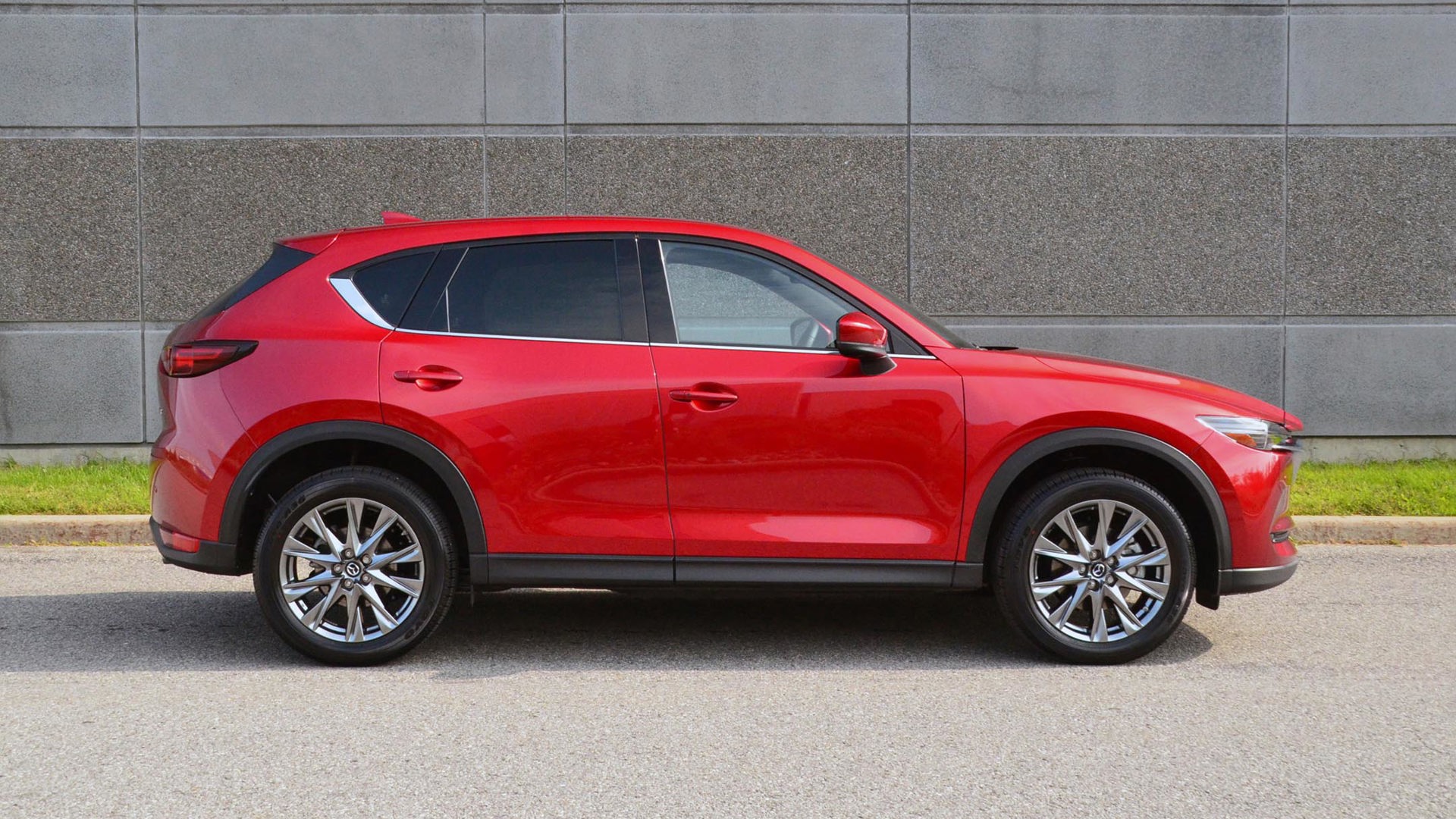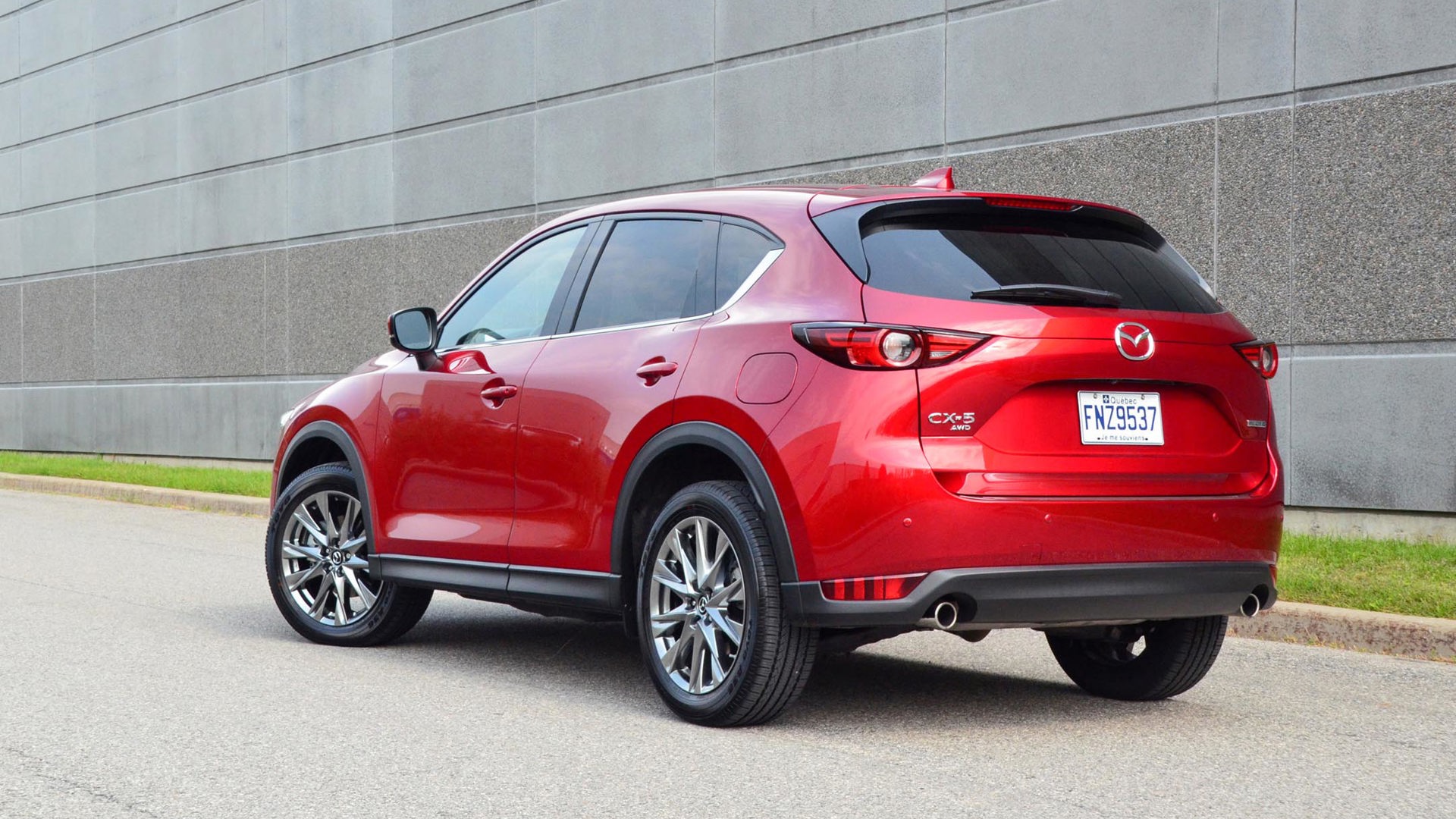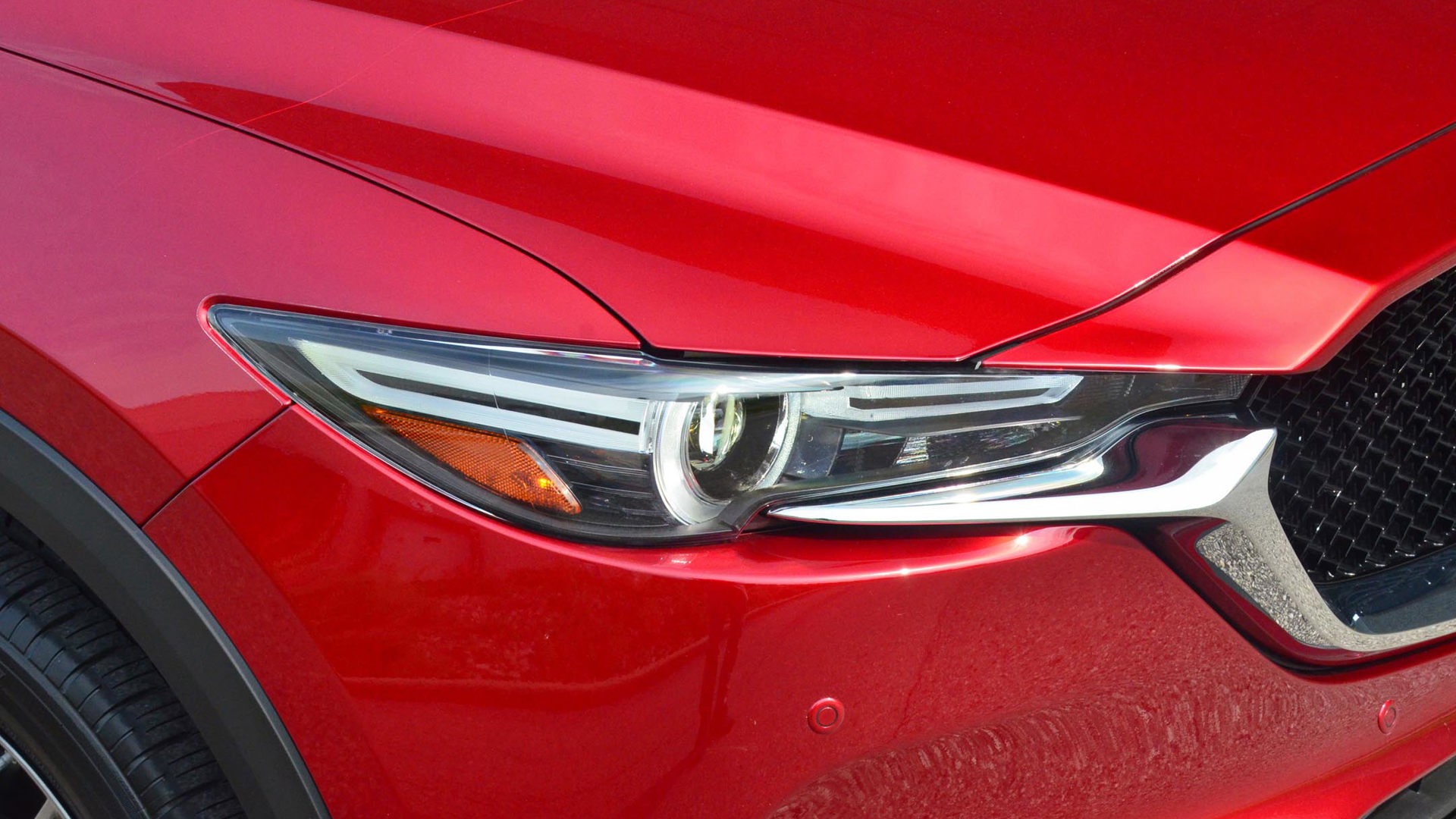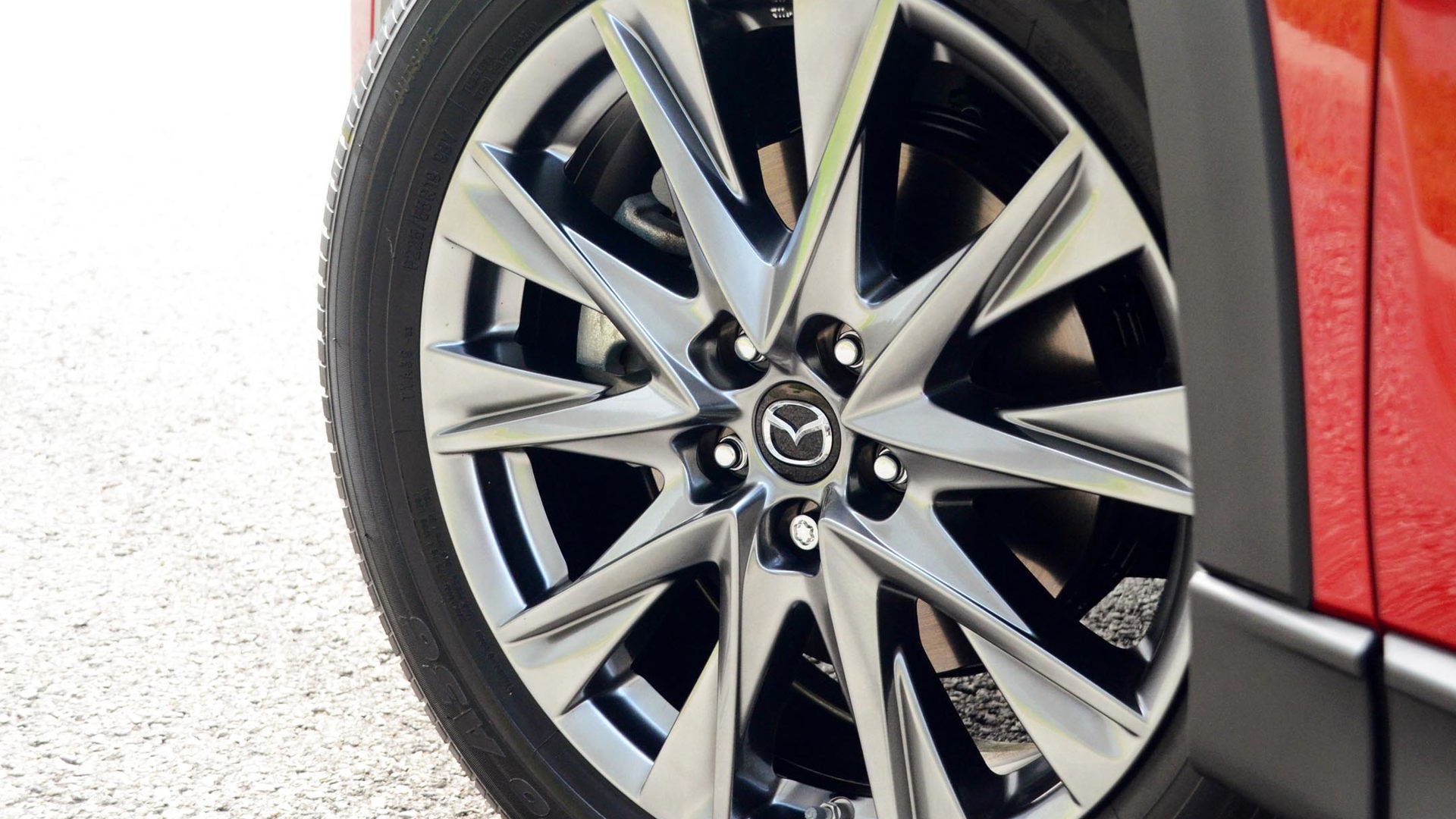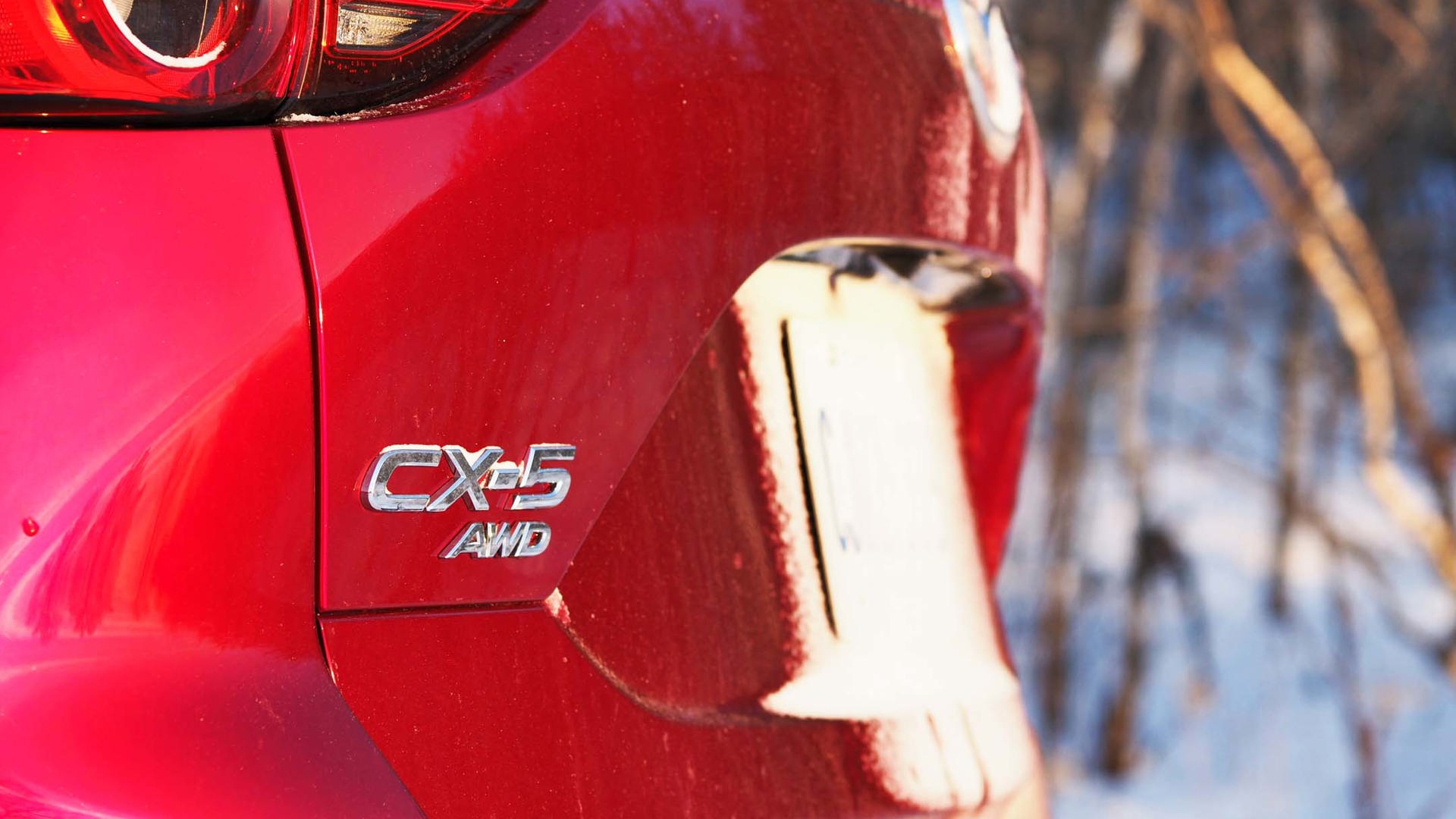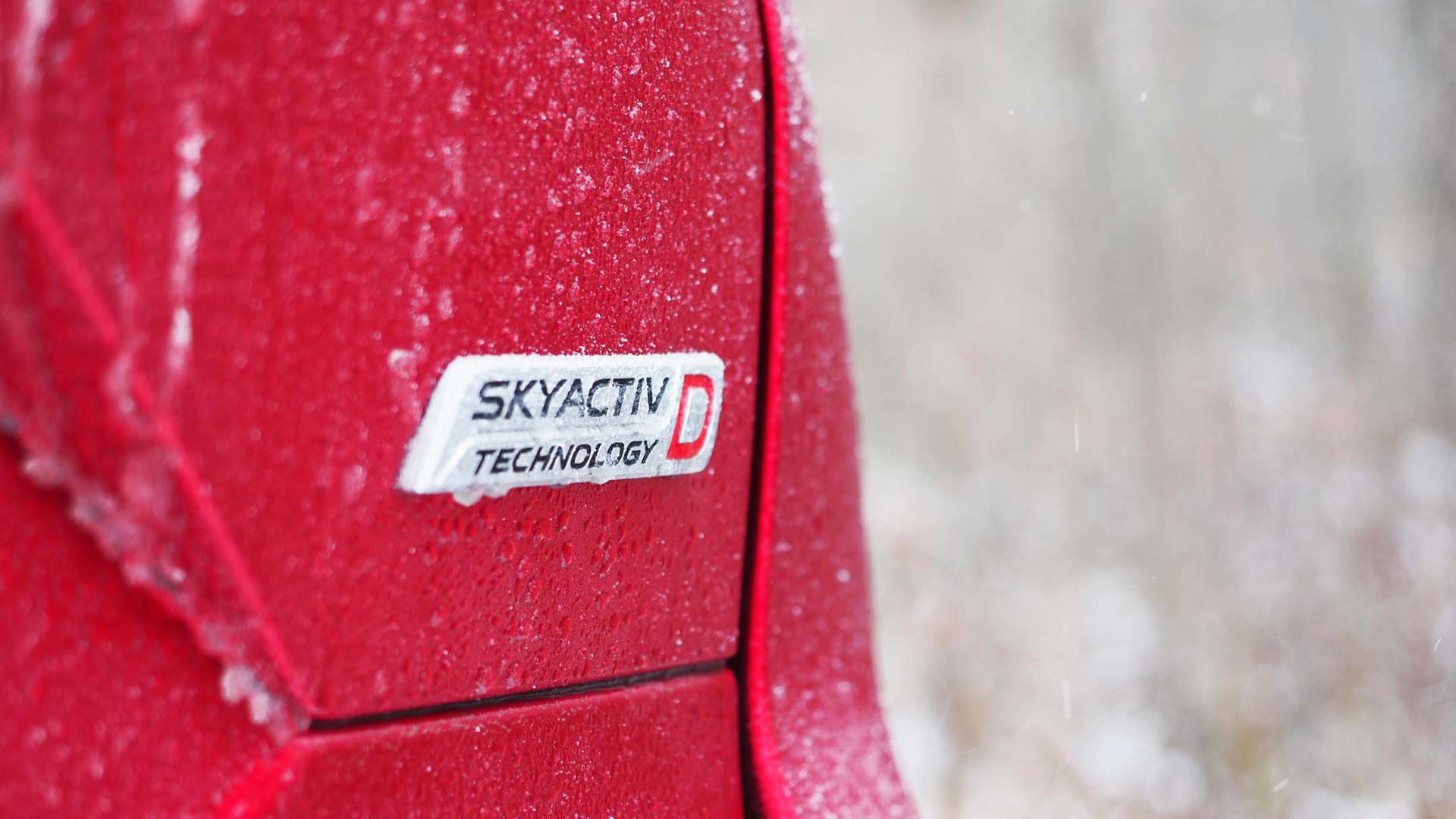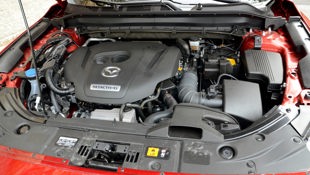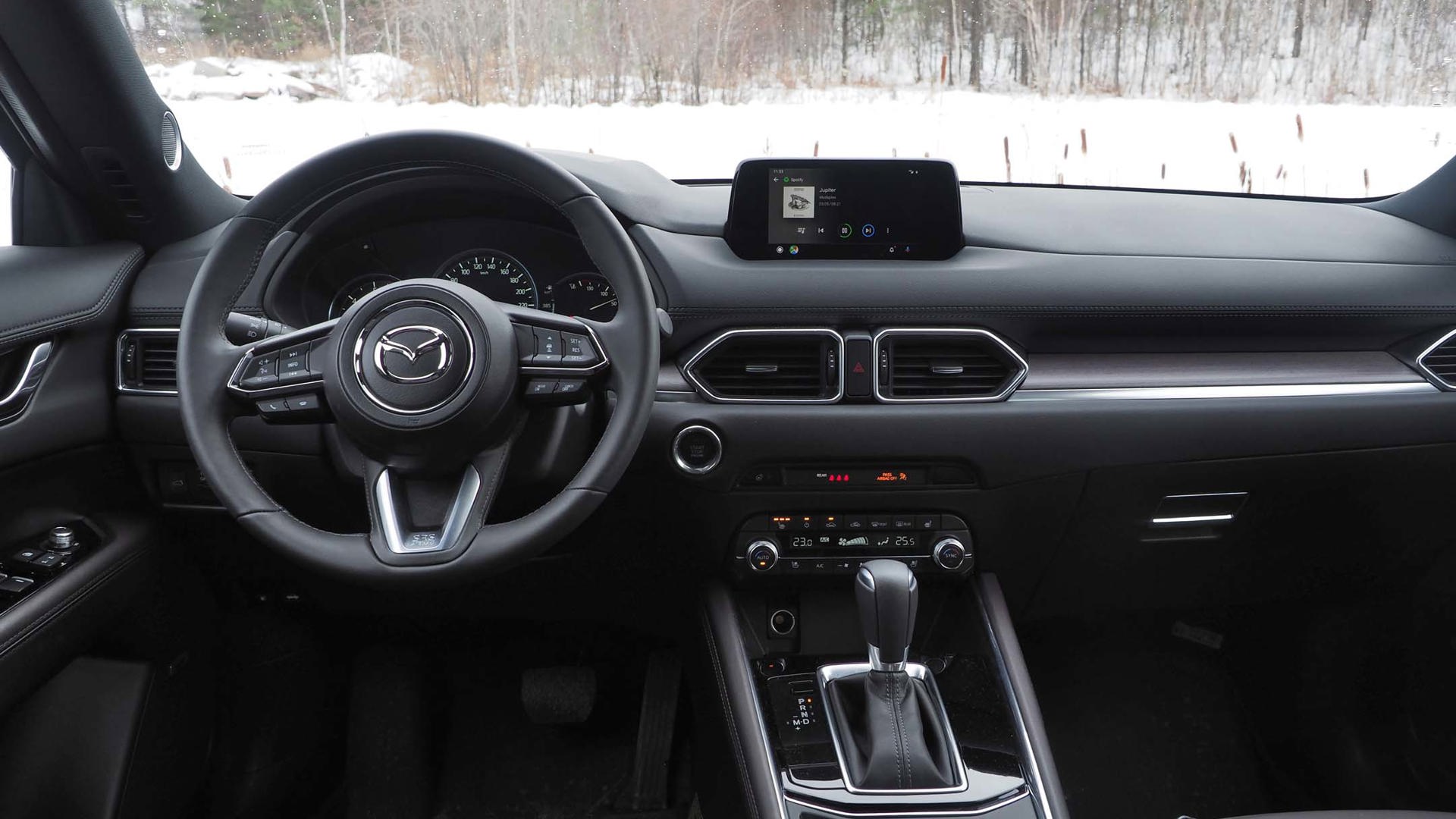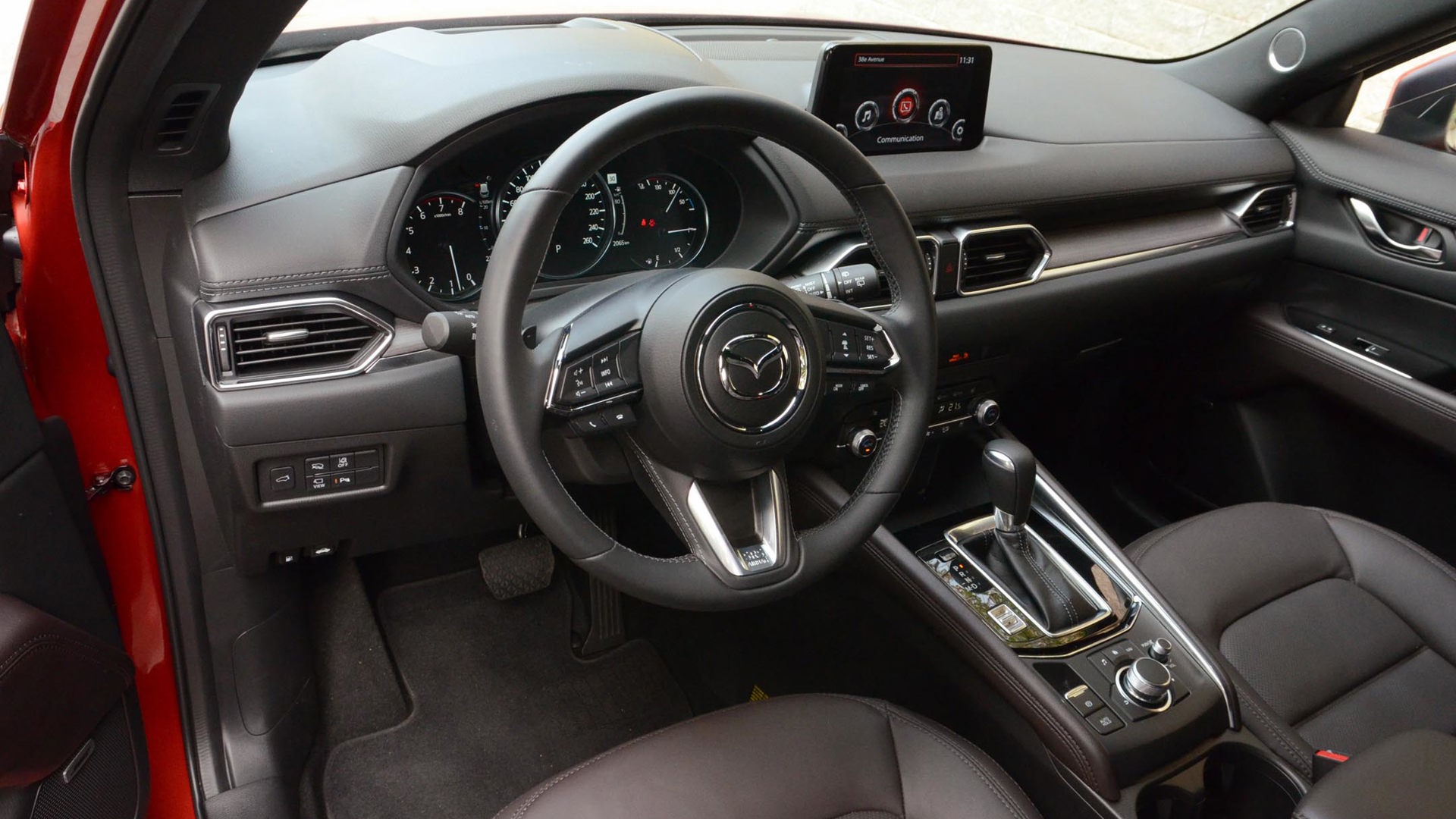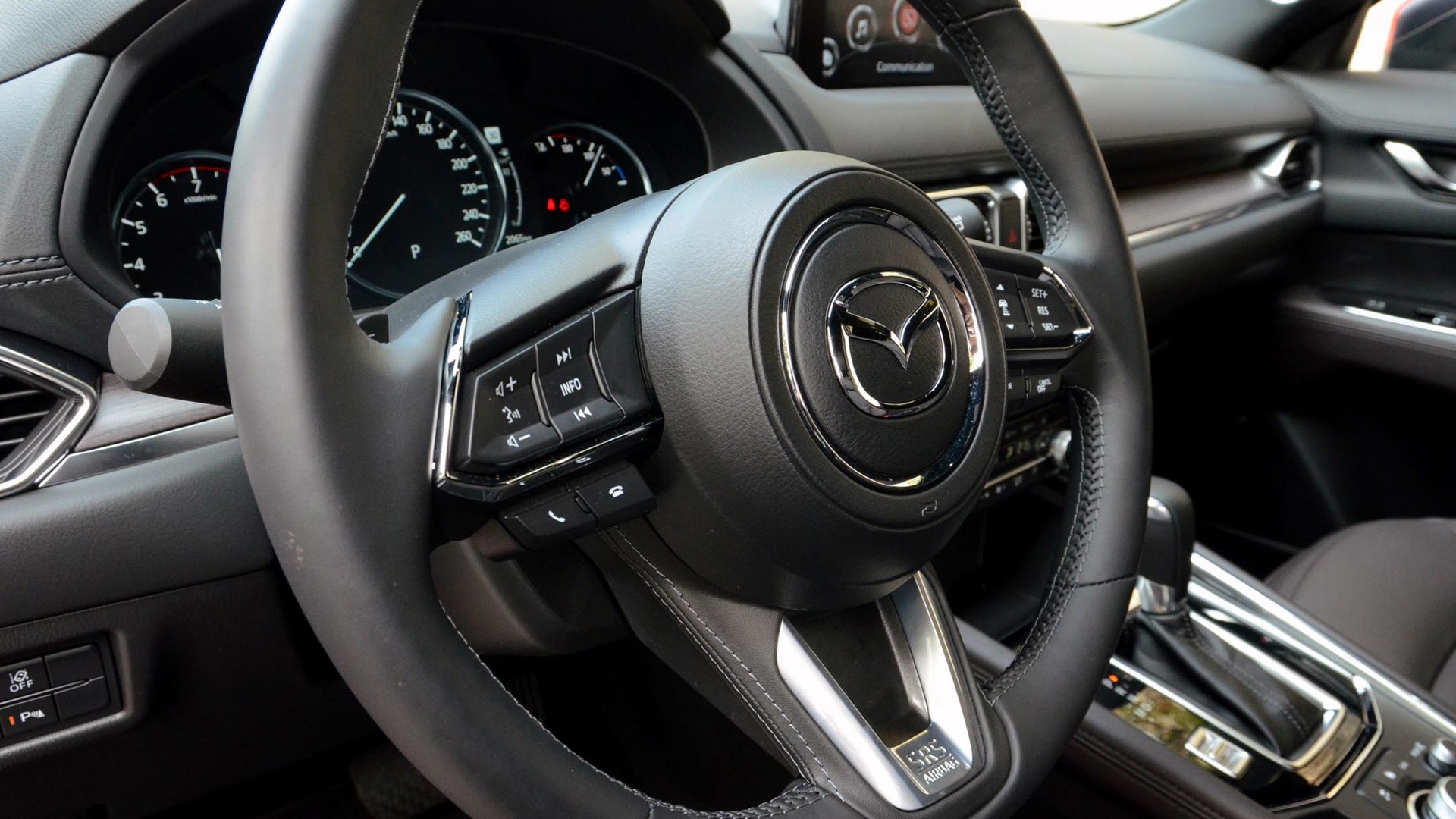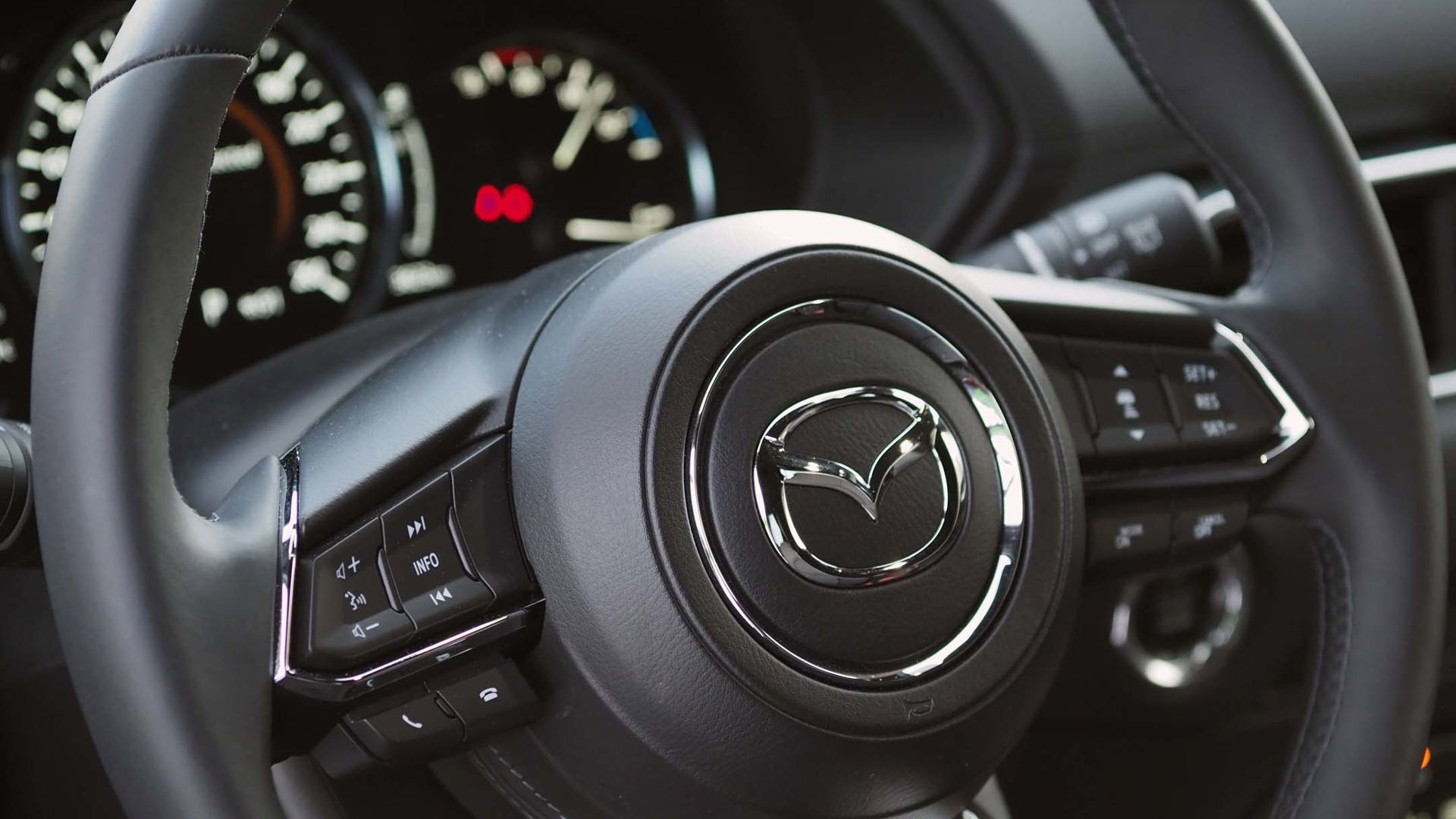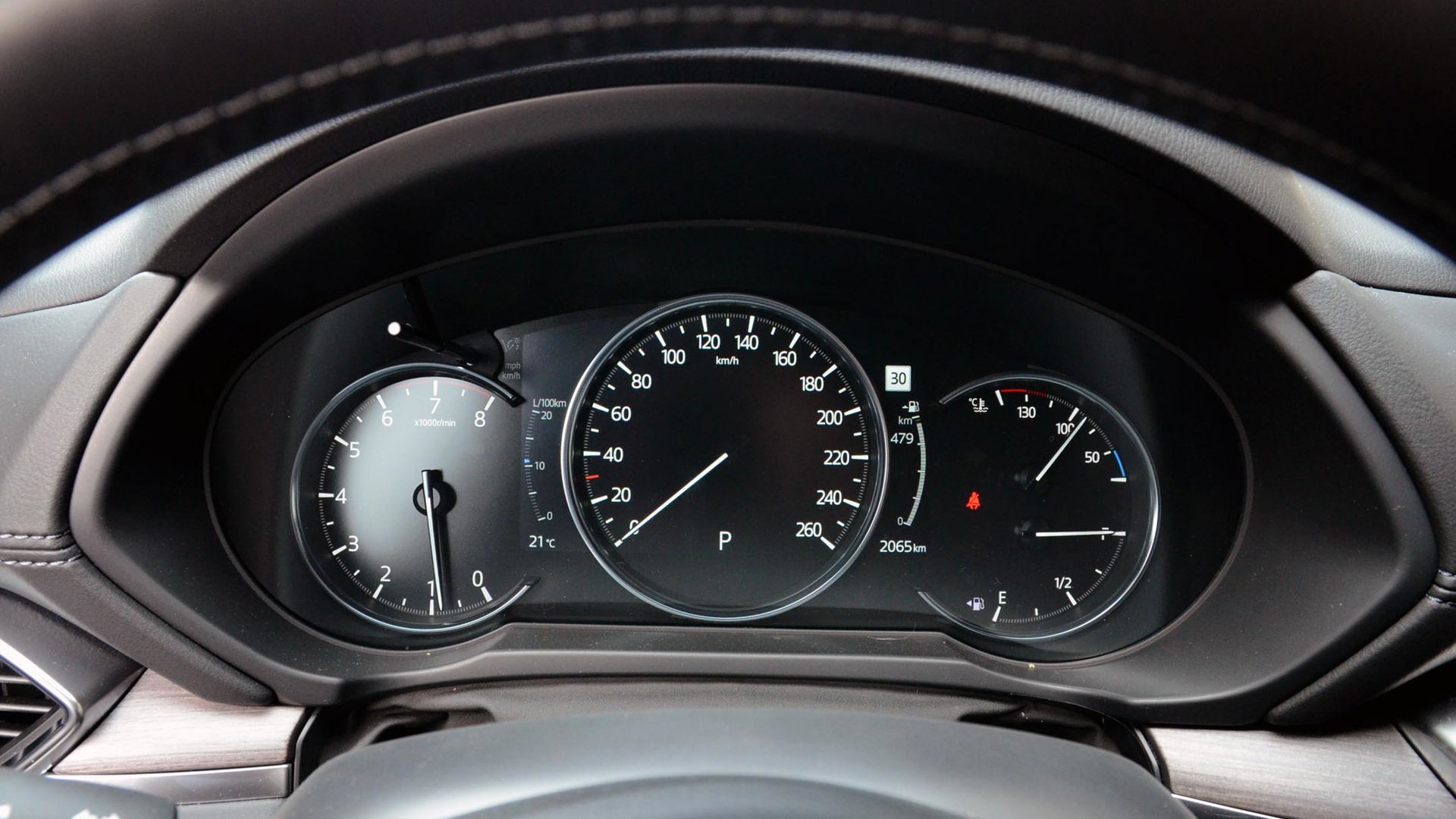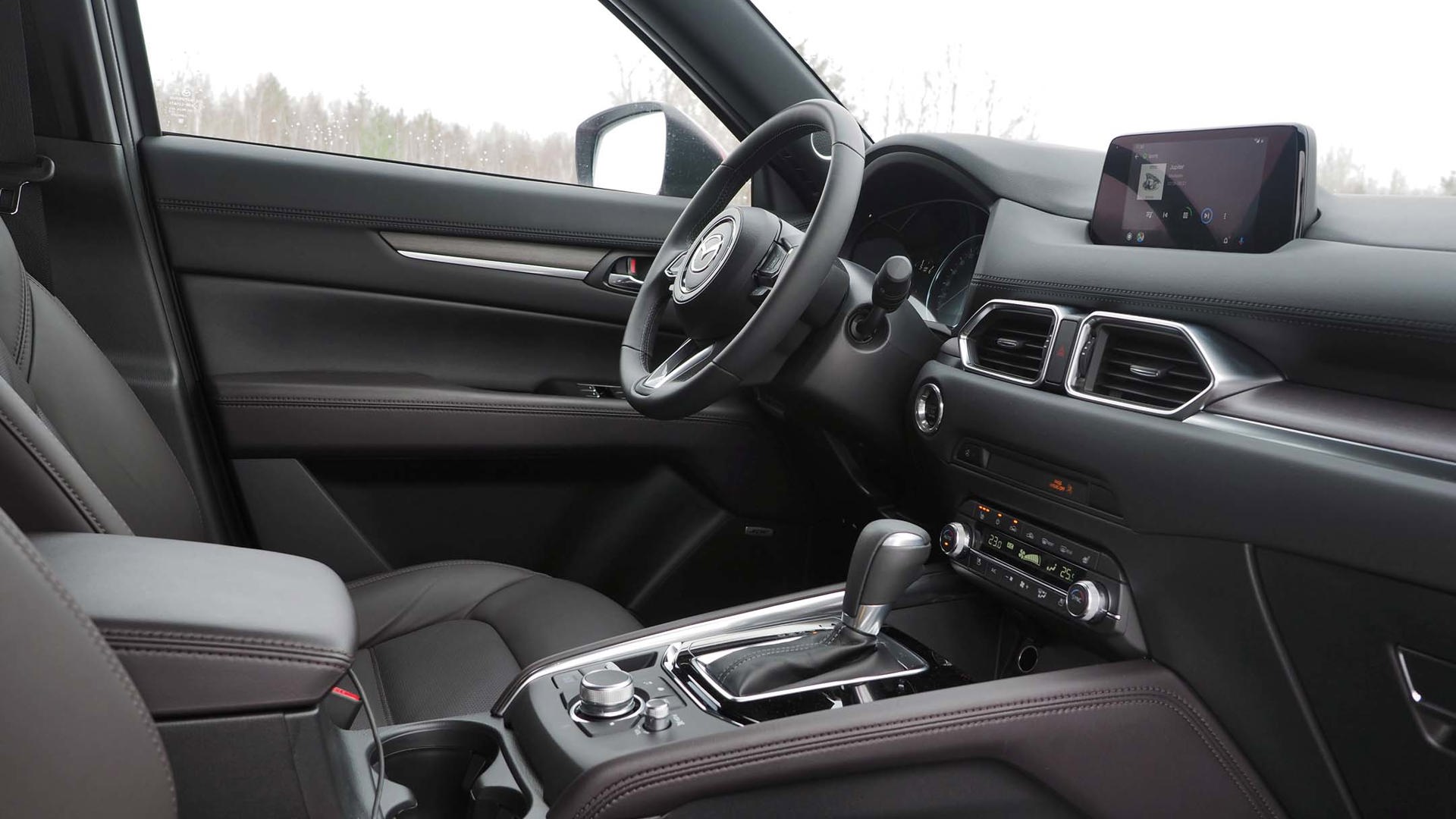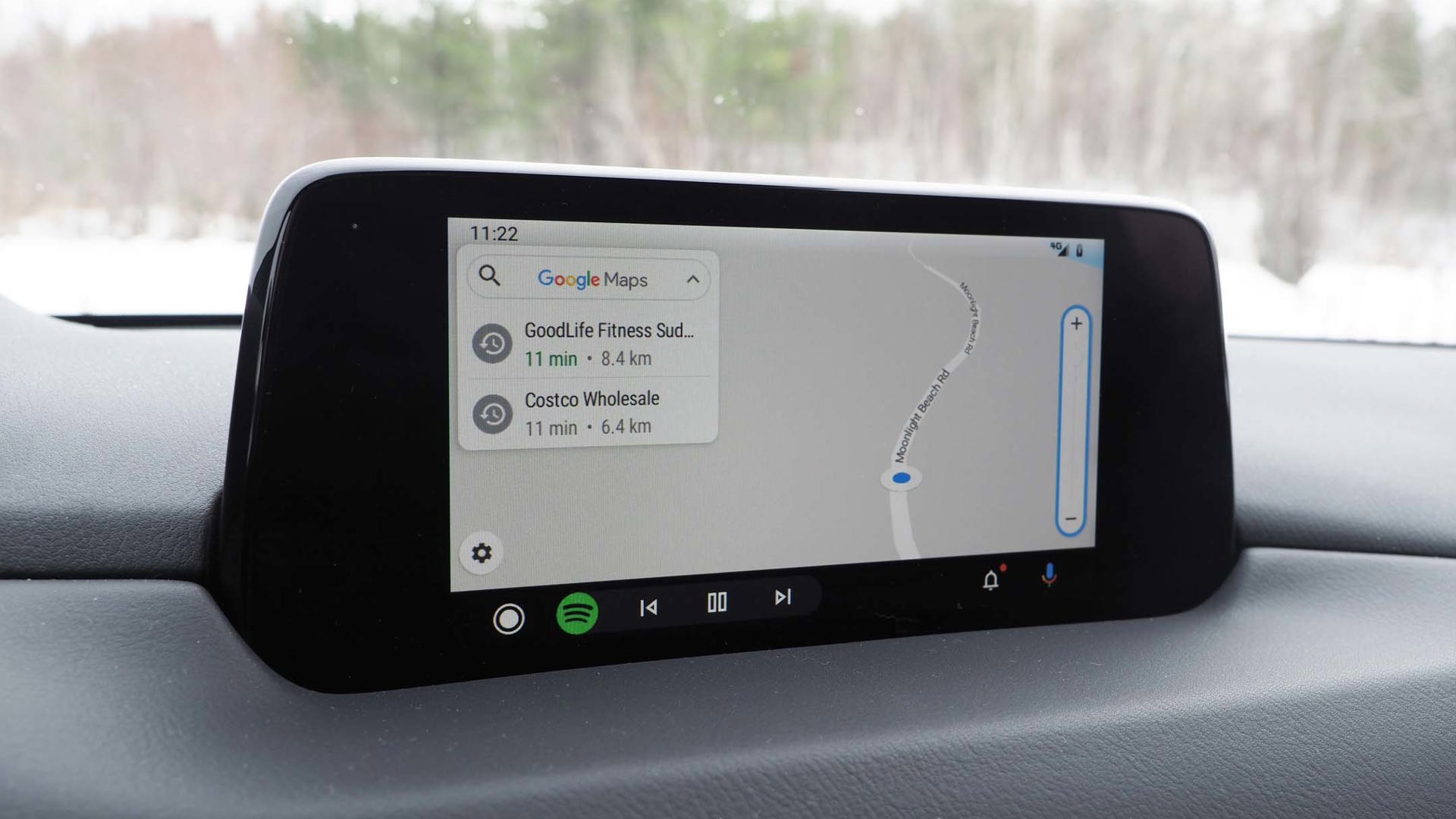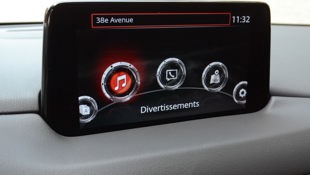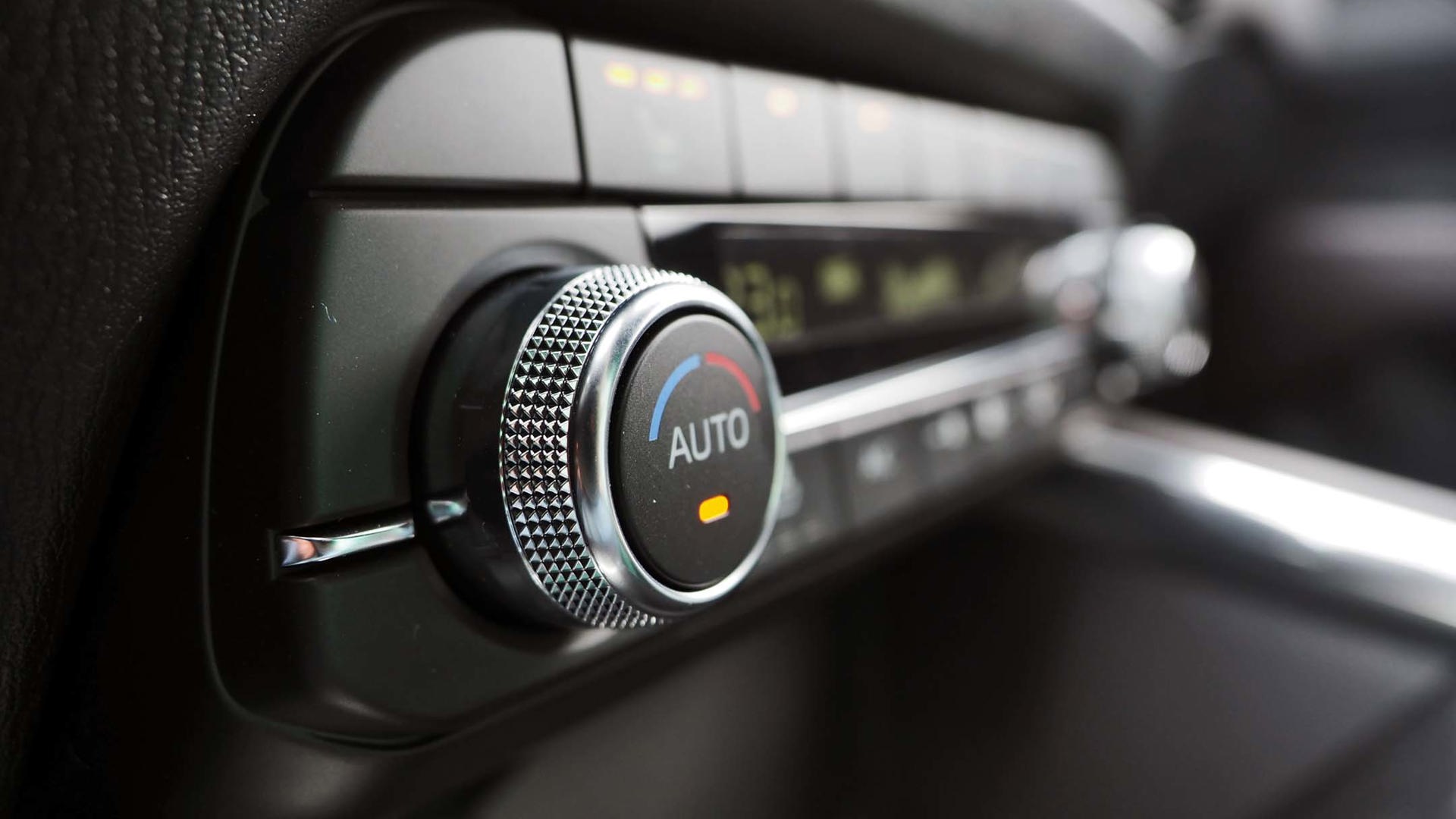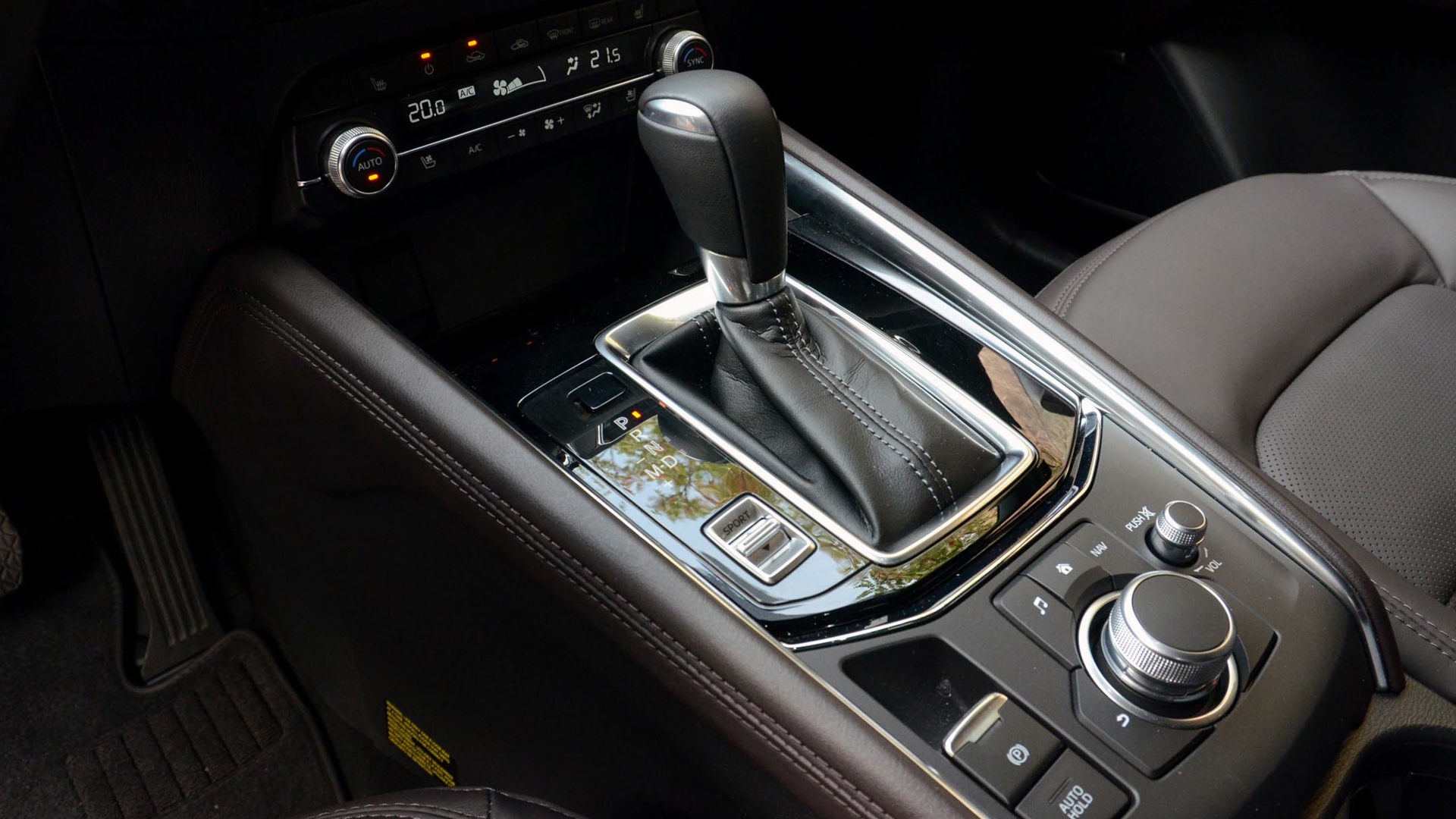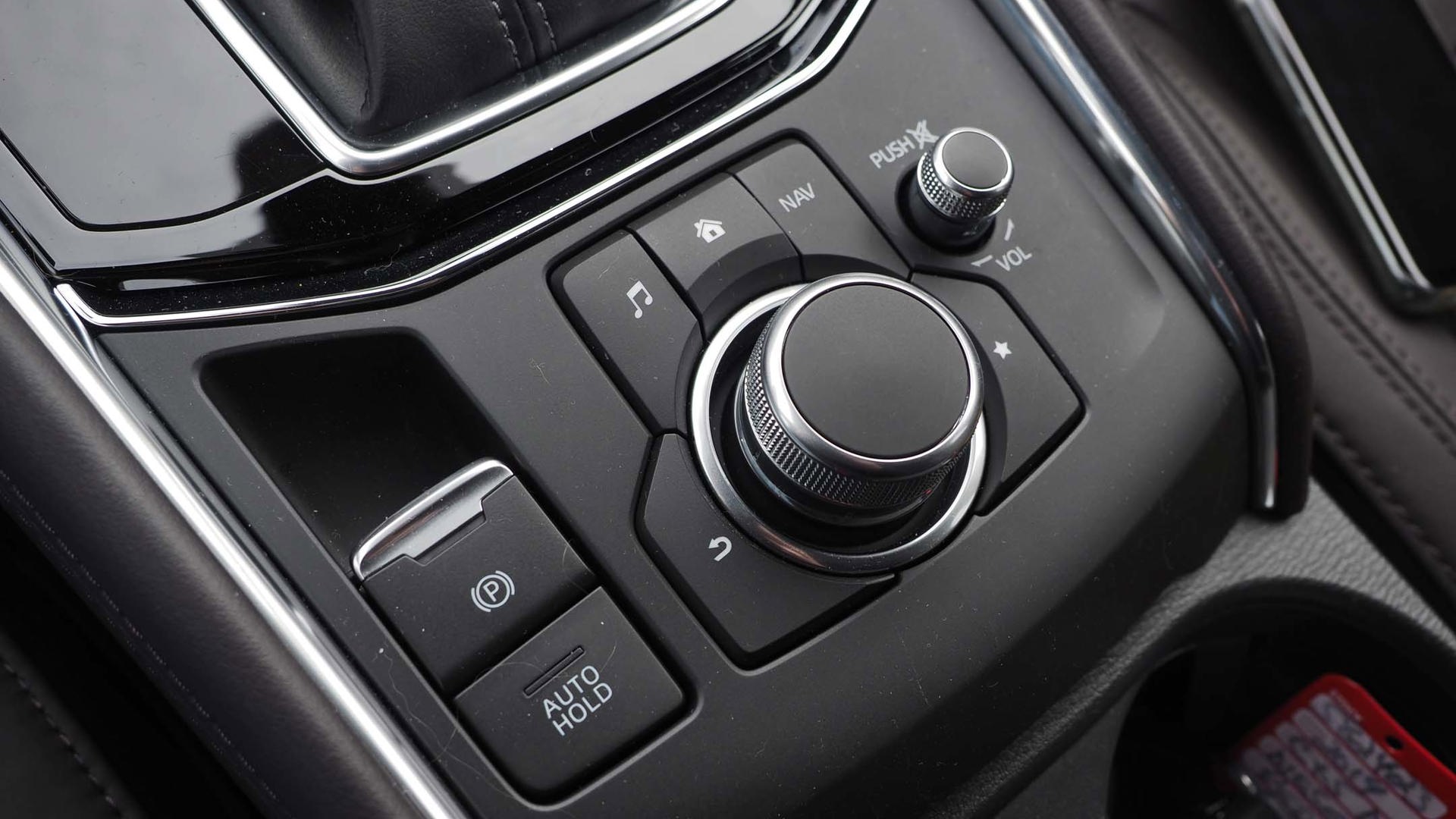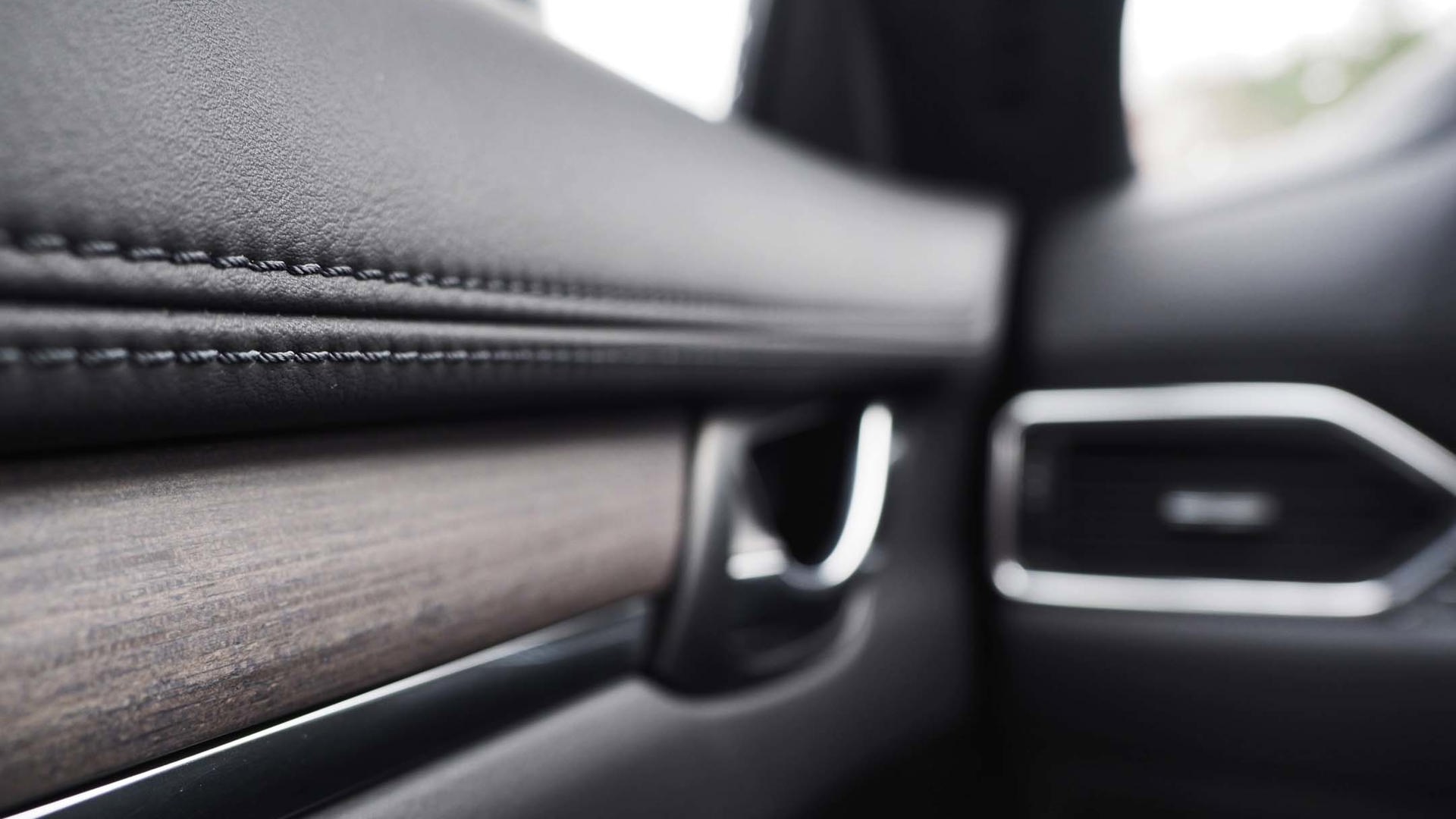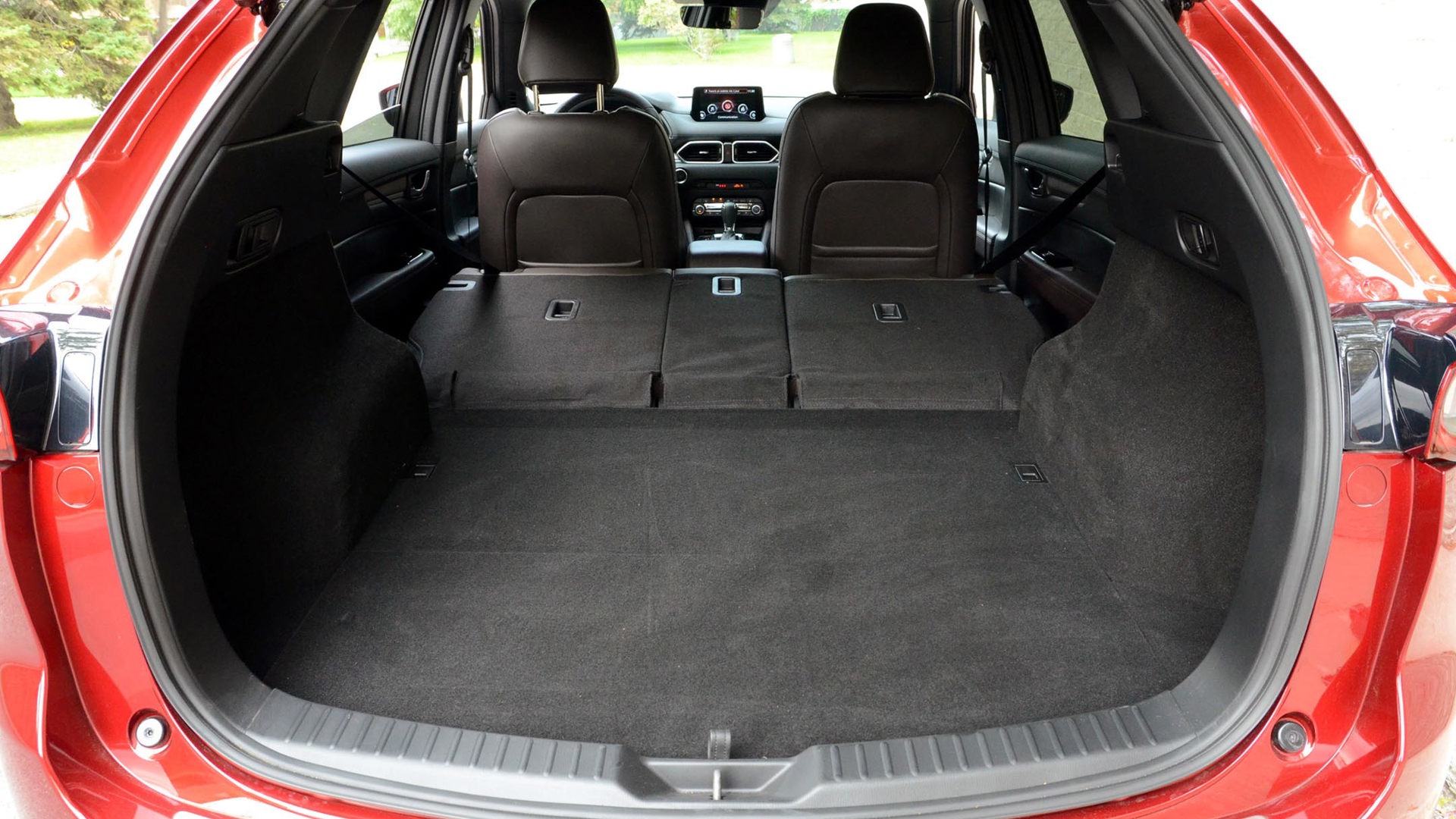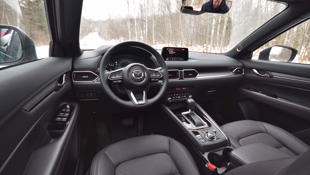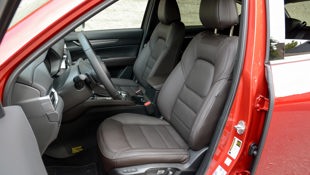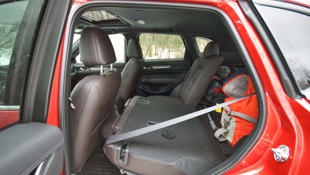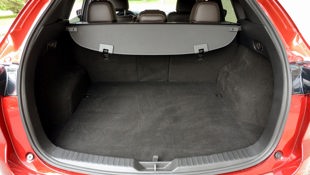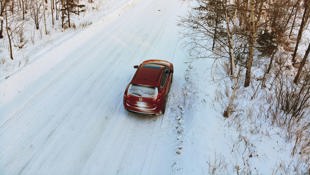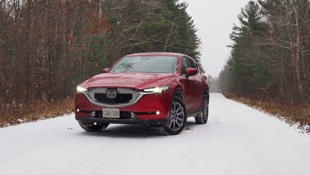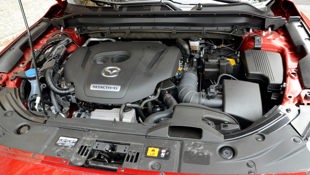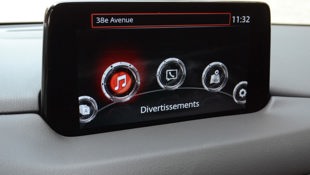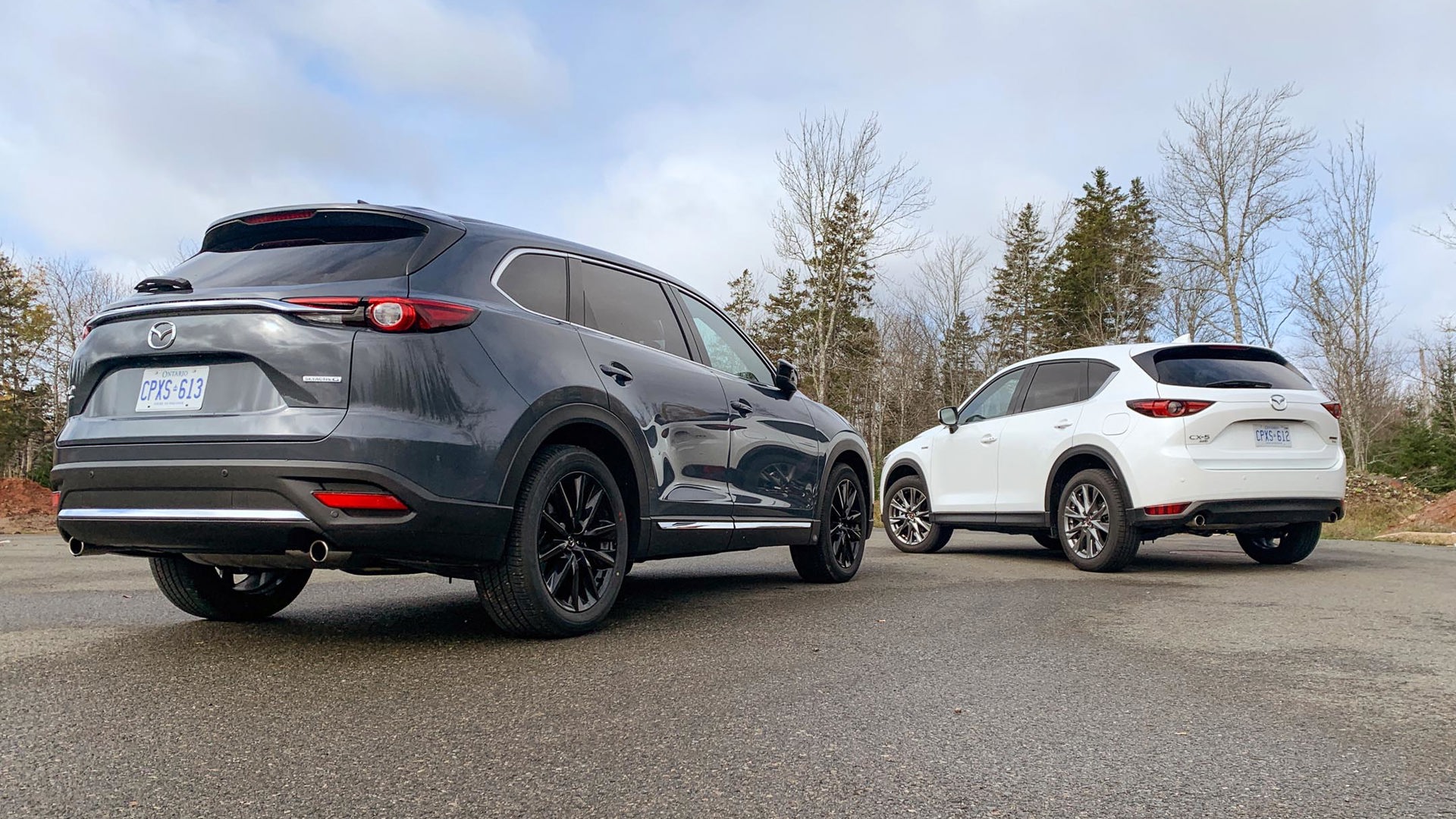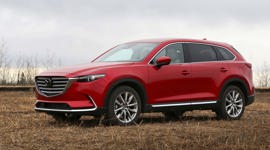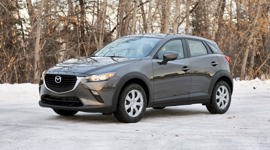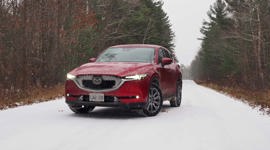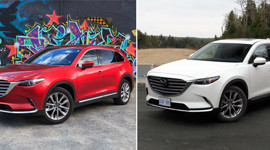Vehicle Type
Compact crossover
History/Description
The second generation of Mazda’s popular CX-5 crossover helped propel the model to its highest yearly Canadian sales figures in 2017.
By this point in the CX-5’s life, shoppers were catching on, and Canadians were buying more CX-5s than ever. Mazda says the CX-5 was the second-fastest Mazda model ever to reach one million units sold, and that the new generation arrived with hundreds of improvements over its predecessor.
New styling and an all-new cabin set the stage, while new features and technologies worked hand in hand with a redesigned body, chassis tuning, and torque-vectoring to give the 2017 Mazda CX-5 its best driving dynamics yet.
Shoppers could find features including a power tailgate, heated steering wheel, adaptive cruise control, heated rear seating, a windshield-projected head-up display, and more. High-end features also include traffic sign recognition, a 10-speaker stereo system, and an infotainment system with a seven-inch touchscreen.
Model-year 2019 saw the introduction of a newly available turbocharged 2.5L engine option, running as much as 250 hp and 310 lb-ft of torque, depending on gas grade. A 360-degree parking camera system joined the options roster, as did Apple CarPlay and Android Auto. A wiper de-icer was also fitted to select models, and the standard 2.5L non-turbo engine with 187 hp was fitted with standard cylinder deactivation to reduce emissions.
What Owners Like
The Mazda CX-5 is highly rated for looking and feeling more expensive than it is. Since its introduction, this model has been sought-after by shoppers looking for an up-level crossover driving experience without the up-level price tag. On all elements of styling, handling, and dynamics, owners seem to be impressed.
What Owners Dislike
Common owner gripes include an infotainment system that’s good not great, less storage volume than some competitors, and a ride that’s harsher and noisier than expected on certain rougher surfaces. Other owners wish for easier access to space and charging for smartphones, as well as better fuel economy from the up-level turbo engine.
The Mazda CX-5 is well suited to connect with drivers and entry-luxury enthusiasts alike, and its fast-acting all-wheel drive system and sharp handling help ensure an enjoyable drive in all conditions. Though most owners report few (if any) troubles with their second-generation CX-5, test-driving shoppers should still be aware of a few possible trouble areas and pre-purchase tips.
Running Costs
Standard CX-5 models with their 187-hp engine should prove sufficient for most drivers, and will typically turn in lower running costs, maintenance costs, and insurance rates. The up-level turbo engine is thirster, and may increase insurance costs, too.
Mazda’s all-wheel drive system is one of the most fast-acting on the road, and considers information from numerous sensor networks to help optimize traction in real time. When considering purchase costs, remember that the use of winter tires is mandatory to experience the full capabilities of the all-wheel drive system in winter months.
Front End Attention
Some owners have reported issues relating to the front end of the second-generation Mazda CX-5, including alignment issues and noisy suspension parts. Most have not. On your test drive, pay close attention to the way the CX-5 tracks down the road, noting that any pull in the steering, tendency to wander within its lane, or signs of uneven wear across the treads of the tires likely indicate a problem with the vehicle’s alignment which should be fixed before you buy. Failing to properly maintain a Mazda CX-5’s alignment can negatively affect handling, tire life, and fuel economy.
Further, unwanted noises from the suspension can be a sign of trouble or the need for some maintenance, adjustment, or lubrication of one or more suspension system components. During your test drive, quiet the vehicle’s cabin and drive at a low speed over a rough surface to coax out unwanted noises. Pay attention while driving over speed bumps and curbs as well. If you hear anything unusual, have the vehicle seen by a professional before you buy. Here’s some more information.
Cold-Weather Vibration
If you’re test-driving a Mazda CX-5 in cold winter weather, insist on making your test drive when the vehicle has been sitting cold for a few hours, not previously warmed by the seller. Some owners have reported an irritating vibration from 2017 and 2018 models, but it’s only apparent in extreme cold.
If present during your test drive or later, you’ll likely experience this vibration as a deep, harsh buzzing from within or ahead of the dash during the first few moments of the vehicle’s operation after an extreme cold start. If you’re not test-driving a used CX-5 in cold weather, be on the lookout for this problem when the temperature drops.
According to some owners – as well as a technical service bulletin (TSB) issued by Mazda – certain models may be equipped with engine mounts that perform poorly in extreme cold. Some owners have had this problem remedied with the use of a new engine mount, with many reporting that dealers have been able to quickly install the new part, usually under warranty.
Undiagnosed vibrations can reduce your enjoyment of your new vehicle, reduce its resale value, and cost you money, so be on the lookout. Here’s some more reading.
Winterize It
As you get your new-to-you CX-5 ready for winter, keep two points in mind. First, remember that remaining warranty coverage doesn’t apply to wear or damage caused by the use of non-factory parts, wiring, or hardware. If you’re considering a remote engine starter, many owners suggest going with a dealer-installed unit to avoid potential warranty complications. Further, shoppers should remember that the annual application of a corrosion treatment is a great idea to maintain resale value, especially in areas where salt is used on the roads in winter.
A Common Battery Problem
Some Mazda CX-5 owners have reported a shorter-than-expected lifespan from the factory-supplied batteries in their vehicles. Others have not. Poor battery life is one of the most commonly reported problems among all new vehicles.
At the first sign of any electronic system trouble or malfunctions, or any difficulty starting the CX-5’s high-compression engine, have the battery tested and replaced as required. Some owners suggest replacing the battery every two or three years to prevent trouble, as a weak battery can cause problems across multiple vehicle systems. Here’s some more reading, and some more. Note that the pandemic increases the likelihood the CX-5 you’re considering has been sitting parked for extended periods, which can further shorten the lifespan of a car’s battery.
Infotainment Workout
Some owners have reported issues with the central infotainment interface in their CX-5. Many have not. If the system is slow, glitchy, laggy, or otherwise performing poorly, several problems may be to blame.
In some cases, a software update is required to fix and prevent system issues. Software updates are installed by dealers, usually during routine servicing. Another issue being followed by the owner’s community is a faulty connection between the navigation interface and the SD card used to store mapping data for the system. If the system in the CX-5 you’re considering is acting glitchy, you may find some luck fixing the issue yourself in a few moments by following the procedure at this link. If in doubt, get a professional to check it out.
Maintenance Tips for Your New Mazda
A few additional tips and tricks can help shoppers achieve a more trouble-free ownership experience from their second-hand Mazda CX-5. While proper maintenance and care is vital to the long-term health of any engine, it’s especially important in modern, high-efficiency engines like those used in the CX-5. Only fuel your used CX-5 using quality gasoline from a reputable retailer, and have oil changes performed on time, every time, using factory-approved oil and filters. Spark plugs should be replaced every 120,000 km or earlier, and more frequently on the turbo engine. Check your owner’s manual for the full scoop.
Following these steps helps ensure the cleanest possible combustion, which helps keep the engine running as intended for the long haul. Remember that keeping engine air filters fresh and clean can prevent problems with poor performance and fuel economy, and that keeping cabin air filters fresh can prevent problems with poor air conditioner and defroster performance.
Recall Work
Recalls for the Mazda CX-5 can be found here. Dealers perform recall work free of charge to correct safety defects with vehicles. Some CX-5 models are affected by certain recalls, and others are not. To see which recalls (if any) affect the model you’re considering, click here.
Safety Ratings
IIHS: Top Safety Pick + (2017)
NHTSA: 4/5-Stars (2017)
